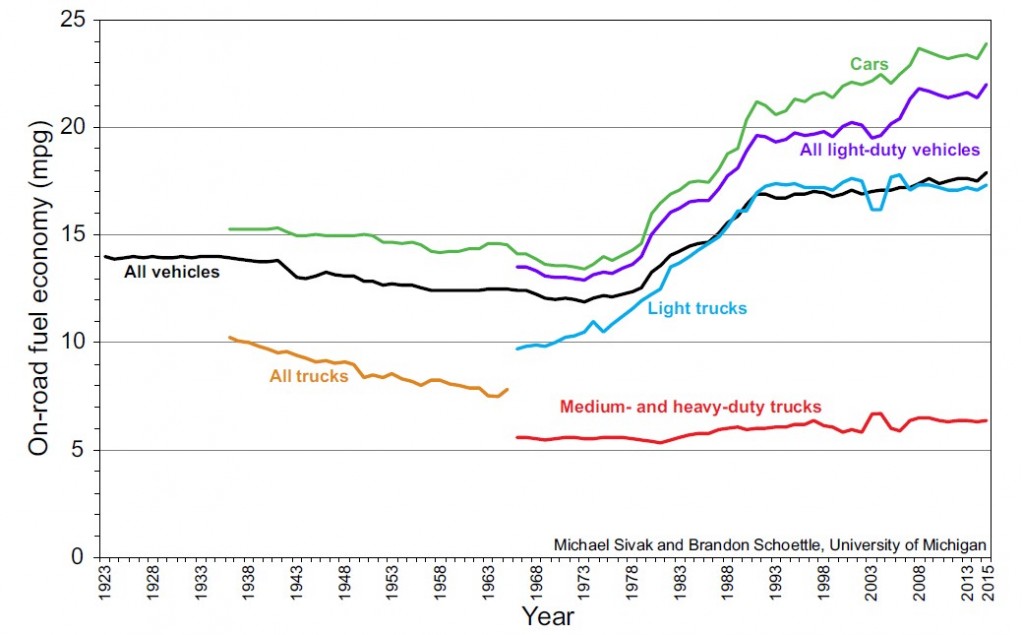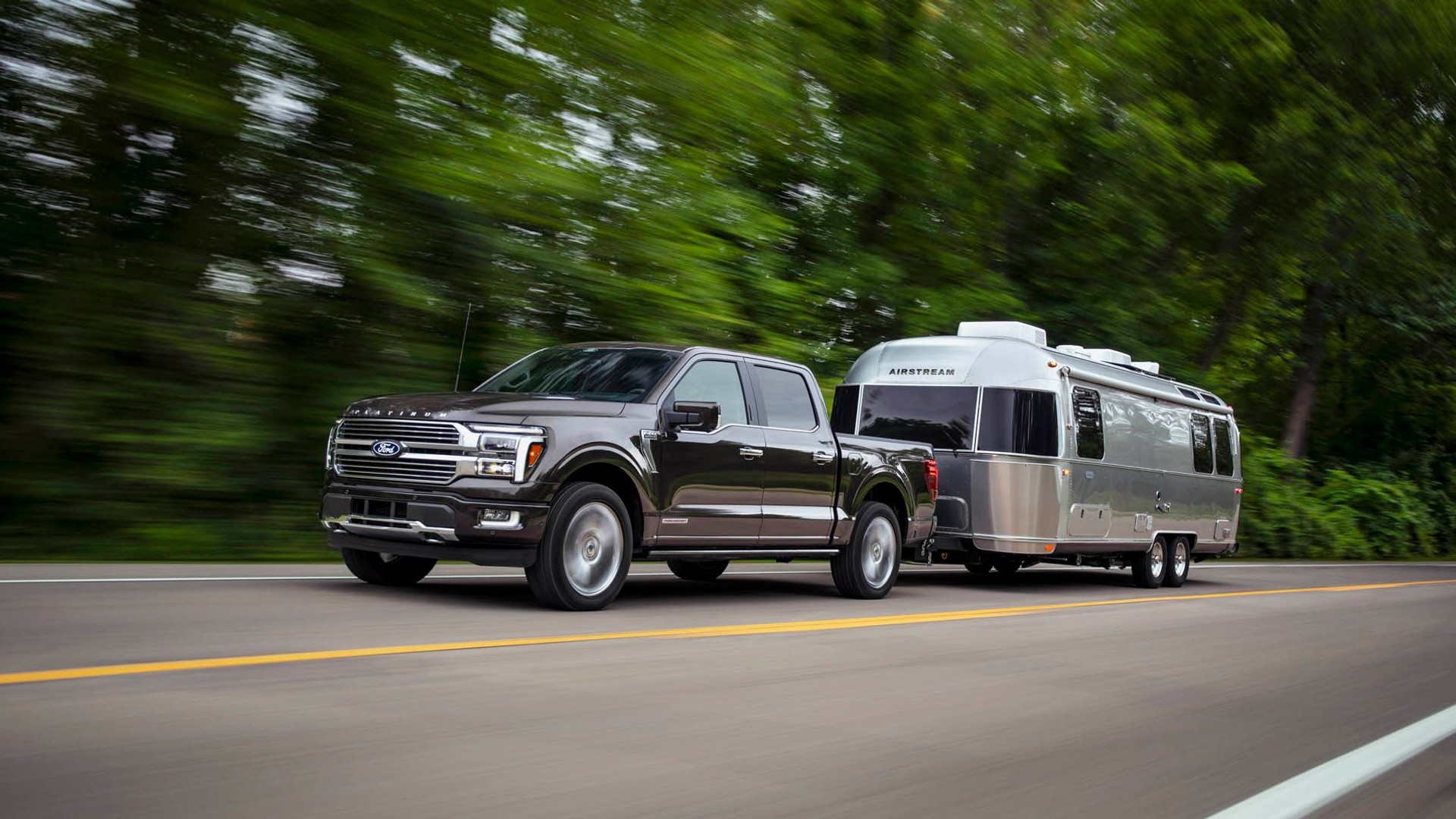With the release of proposed new and lower fuel-economy rules expected from the NHTSA by March 30, many eyes have turned to the powerful California Air Resources Board.
The state's pioneering role in reducing emissions and cutting air pollution predates even the existence of the U.S. Environmental Protection Agency.
That agency, now run by Scott Pruitt—an unabashed proponent of burning fossil fuels and a climate-science denier—will shortly issue its own related proposal for boosting the carbon-dioxide emissions allowed from road vehicles.
DON'T MISS: NHTSA could cite safety of heavier cars in slashing CAFE rules: reports
California, however, is not likely to accede to any radical increase in national emission standards.
Instead, it has a long-established legal right to establish its own, tougher emission rules, recognizing its pioneering role and the specially dire air-pollution conditions in the Los Angeles Basin.
Unless, that is, Pruitt reverses himself and decides to attack that right by rescinding the "waiver" to the national rules that permits that, one of a long series stretching back 30 years.
![EPA administrator Scott Pruitt [photo from 2014] EPA administrator Scott Pruitt [photo from 2014]](https://images.hgmsites.net/lrg/oklahoma-attorney-general-scott-pruitt-2014_100584650_l.jpg)
EPA administrator Scott Pruitt [photo from 2014]
If Pruitt does that, however, CARB is ready to go to war.
In a report by Bloomberg two weeks ago, agency chairman Mary Nichols said, “I think there would be a war, with many states lining up with California” should the agency attempt to revoke California's waiver.
She made the remark at a forum held by Bloomberg New Energy Finance on February 2 in Palo Alto.
CHECK OUT: CAFE proposal coming March 30: automakers hope national rules survive
As DeSmog Blog noted on February 6, however, the EPA's acting assistant administrator for air and radiation Bill Wehrum successfully fought for the first-ever denial of a California waiver under the George W. Bush administration.
Their history of that first-ever denial and Wehrun's role is worth reading as a script for what could now be happening again.
Wehrun is now back at the agency, again an "acting" assistant administrator, and he oversees its midterm review of the carbon-emission limits agreed to in 2012 by automakers and the Obama administration pending the results of that review.
![Global carbon dioxide emissions, 1850-2030 [CO2 Information Analysis Center, World Energy Outlook] Global carbon dioxide emissions, 1850-2030 [CO2 Information Analysis Center, World Energy Outlook]](https://images.hgmsites.net/lrg/global-carbon-dioxide-emissions-1850-2030-co2-information-analysis-center-world-energy-outlook_100631742_l.jpg)
Global carbon dioxide emissions, 1850-2030 [CO2 Information Analysis Center, World Energy Outlook]
The EPA issued a comprehensive Technical Assessment Report in summer of 2016 that concluded automakers had been able to cut emissions from 2012 through 2017 vehicles successfully and at lower costs than even the agency had predicted.
That report supported its approval of the emission limits for 2022-2025 vehicles in January 2017, just before Trump took office.
Reversing or eliminating those stiffer standards has been a primary goal of both the Trump administration and automakers and their D.C. lobbying arms, arguing that the consumer shift from passenger cars to utility vehicles and trucks has made them impossible to achieve.
The standards are actually based on footprint and vehicle type, with pickup trucks especially having a later and lower ramp-up than those for passenger cars.
Historically, the auto industry has fought any and every attempt to regulate its products and business practices for any reason at all, including seat belts, airbags, emission controls, safety requirements, and many more that are today accepted and expected components of vehicles sold in the U.S.

On-Road Fuel Economy of Vehicles in the United States: 1923-2015 (Sivak and Schoettle)
The industry also deeply fears two sets of standards, however, which would result if California continued with the existing emission limits for 2022 through 2025 while the national limits were significantly loosened.
That would require each carmaker to sell one mix of vehicles in California and the 12 states that have adopted its emission rules, and another mix in the rest of the U.S.
For that reason, watch for any statements from the auto industry about whether it believes the California waiver should survive.
Thus far, individual makers and their lobbying arm, the Alliance of Automobile Manufacturers, have said only that they very much support a single national standard.
Thus far, California appears to be on board for that idea only if the standards remain where they are today—and the actions of the Trump EPA and NHTSA don't so far indicate that the agencies have any intention of keeping the existing rules.
If new and significantly lower NHTSA fuel-efficiency rules appear by March 30 as expected, we will know whether that war will be joined.













